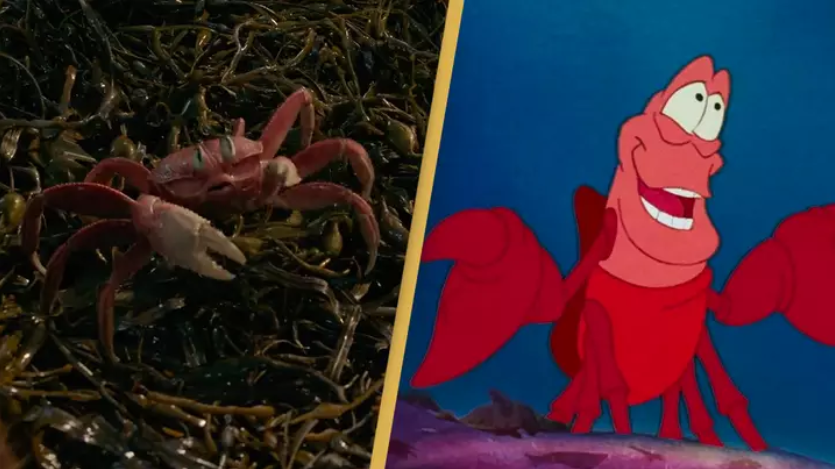an analysis on the benefits – and limitations – of CGI
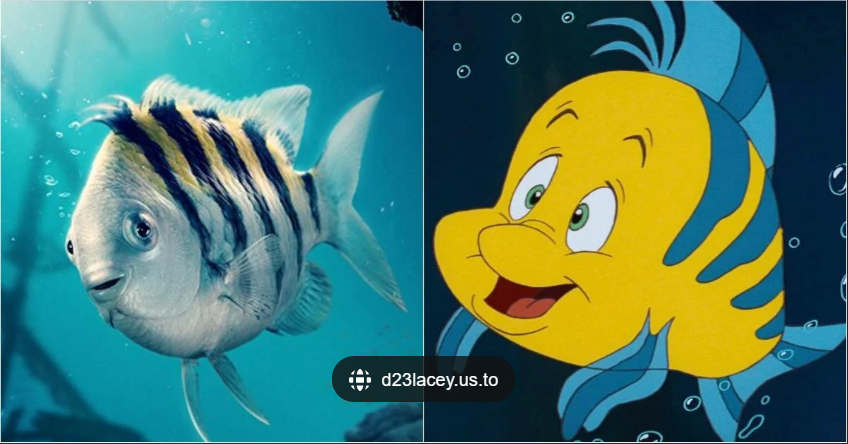 Recently, Disney released its first look at the live-action version of The Little Mermaid. Like all of Disney’s recent live-action remakes of its animated classics, the film introduces CGI recreations of the original movie’s famous sea critters, including Sebastian the crab and Flounder the fish. The fans’ response was both “yay!” and “nay…”. What can certainly be agreed upon is that the new character designs are unrecognizable at first glance. Fans also weren’t impressed with the effects in the underwater scenes.
Recently, Disney released its first look at the live-action version of The Little Mermaid. Like all of Disney’s recent live-action remakes of its animated classics, the film introduces CGI recreations of the original movie’s famous sea critters, including Sebastian the crab and Flounder the fish. The fans’ response was both “yay!” and “nay…”. What can certainly be agreed upon is that the new character designs are unrecognizable at first glance. Fans also weren’t impressed with the effects in the underwater scenes.
 The original design of the animated characters is iconic. They’re cute and exaggerated in comparison to the animals that they represent. Sebastian is even sometimes mistaken for a lobster because of his original design. The switch to a completely realistic-looking crab and scaly fish has led to viewers thinking that they look disturbing. This is closely related to a term created used to describe the uneasy feeling people get when a robot or CGI imagery of a human just looks too human – the uncanny valley.
The original design of the animated characters is iconic. They’re cute and exaggerated in comparison to the animals that they represent. Sebastian is even sometimes mistaken for a lobster because of his original design. The switch to a completely realistic-looking crab and scaly fish has led to viewers thinking that they look disturbing. This is closely related to a term created used to describe the uneasy feeling people get when a robot or CGI imagery of a human just looks too human – the uncanny valley.
The uncanny valley is defined as the way a human experiences a feeling of unease the more an object’s design resembles a lifelike, or human-like, representation without reaching full, accurate “perfection.” In the case of The Little Mermaid, we are modifying the term to include the resemblance of the real-world representation of an animal. The realistic computer-generated images of a crab and fish are so close to looking real that they may as well be portrayed by the actual animal, but don’t quite reach one hundred percent accuracy. Also considering the original animated character designs of the creatures that fans are so used to, the new looks of Flounder and Sebastian seem downright creepy to some people.
On the other hand, some fans argue that characters look okay considering that this is a real-life version of an animated classic. The models do appear to look very similar to the real-life animals. Thus, they do fit into the “real” setting in which the film takes place. It all depends on how connected the fans are to the original classic film.
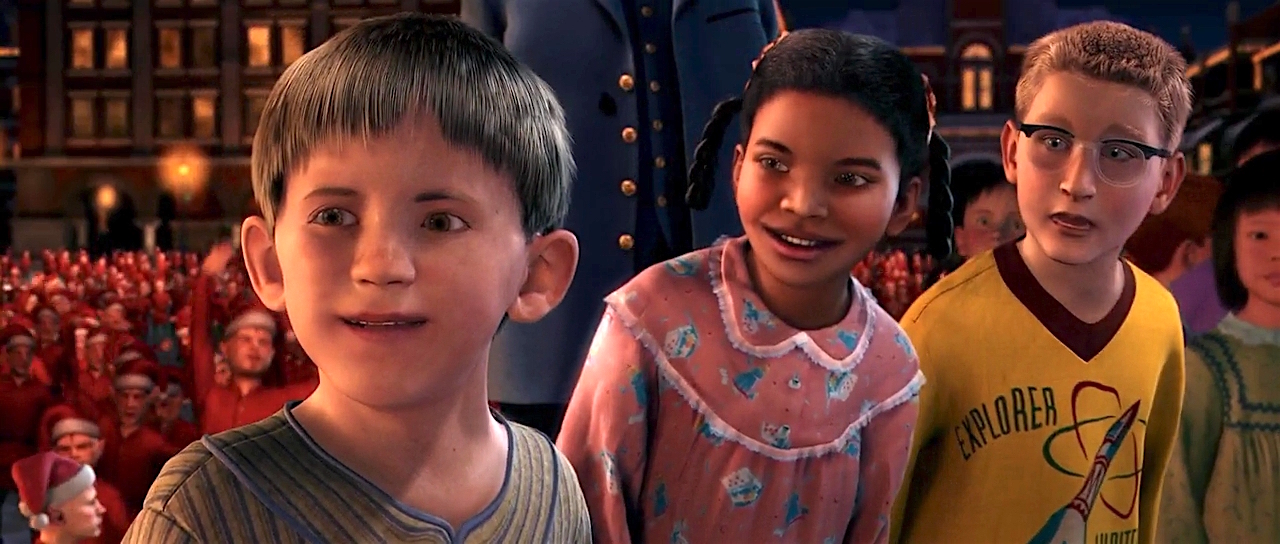 There have been several other films that have received negative criticism for this effect. The 2004 Christmas film The Polar Express was arguably the most famous example of the Uncanny Valley. The realistic look of the human characters from the all-CGI film was so close to looking like real people that the reinterpretation of the endearing Christmas classic disturbed quite a few people. The 2019 film version of the famous musical Cats also had some backlash due to the humanoid feline characters (among many other reasons – it didn’t help that Cats was one of one of the worst movies ever made).
There have been several other films that have received negative criticism for this effect. The 2004 Christmas film The Polar Express was arguably the most famous example of the Uncanny Valley. The realistic look of the human characters from the all-CGI film was so close to looking like real people that the reinterpretation of the endearing Christmas classic disturbed quite a few people. The 2019 film version of the famous musical Cats also had some backlash due to the humanoid feline characters (among many other reasons – it didn’t help that Cats was one of one of the worst movies ever made). 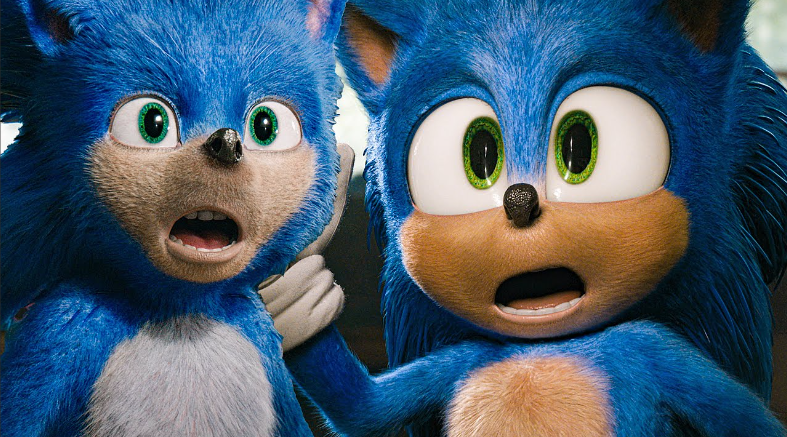 When the first model of Sonic with its human teeth and eyes was released for the Sonic the Hedgehog film, fans of the game were left in fear that this was going to be the final look of the famous character for the film. Paramount famously redesigned the character following significant online backlash from fans.
When the first model of Sonic with its human teeth and eyes was released for the Sonic the Hedgehog film, fans of the game were left in fear that this was going to be the final look of the famous character for the film. Paramount famously redesigned the character following significant online backlash from fans.
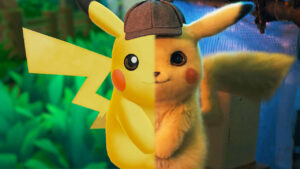 On the other hand, there have also been numerous examples of well-done realistic CGI. James Cameron’s film series Avatar received positive reviews for its beautiful effects and its blue humanoid avatars. Detective Pikachu is another live-action film based on a video game that received generally positive reviews for both its story and “realistic” character designs for the Pokémon in the film.
On the other hand, there have also been numerous examples of well-done realistic CGI. James Cameron’s film series Avatar received positive reviews for its beautiful effects and its blue humanoid avatars. Detective Pikachu is another live-action film based on a video game that received generally positive reviews for both its story and “realistic” character designs for the Pokémon in the film.
When is CGI too real?
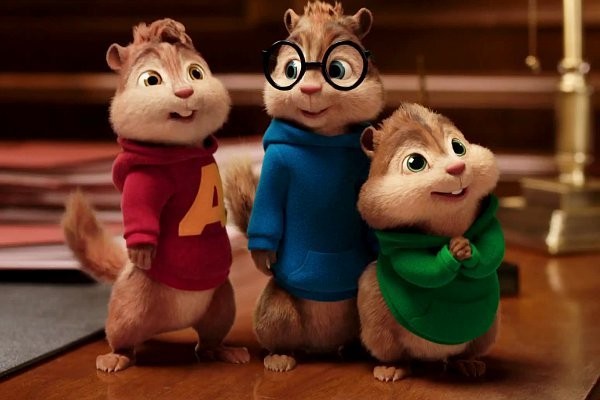 It’s possible that Disney may not have had such backlash if they had exaggerated the firms of Sebastian and Flounder in a similar effect to how the “Alvin” chipmunks were designed. Some fans argue that a little exaggeration would have helped bring the personalities and charm of the characters out more, while others state that the realistic versions are fine not being exaggerated in any way but currently don’t quite reach accurate real-life representation. The overall performance of CGI is dependent on how other filming techniques and technology mask its imperfections.
It’s possible that Disney may not have had such backlash if they had exaggerated the firms of Sebastian and Flounder in a similar effect to how the “Alvin” chipmunks were designed. Some fans argue that a little exaggeration would have helped bring the personalities and charm of the characters out more, while others state that the realistic versions are fine not being exaggerated in any way but currently don’t quite reach accurate real-life representation. The overall performance of CGI is dependent on how other filming techniques and technology mask its imperfections.
CGI takes time to imagine, design, and render, especially if you need it in every scene like The Little Mermaid. CGI allows filmmakers to film scenes with various environments right in the studio. However, film makers must make the decision about whether it would be better to film in those environments or create a set and rely on effects instead. For example, it’s very hard to create the effect of hair moving through water without filming underwater. Many of the underwater scenes with mermaid Ariel were shot with a green screen because of human limitations. It would have been impossible for Halle Bailey to hold her breath for those long scenes, so a set was necessary.
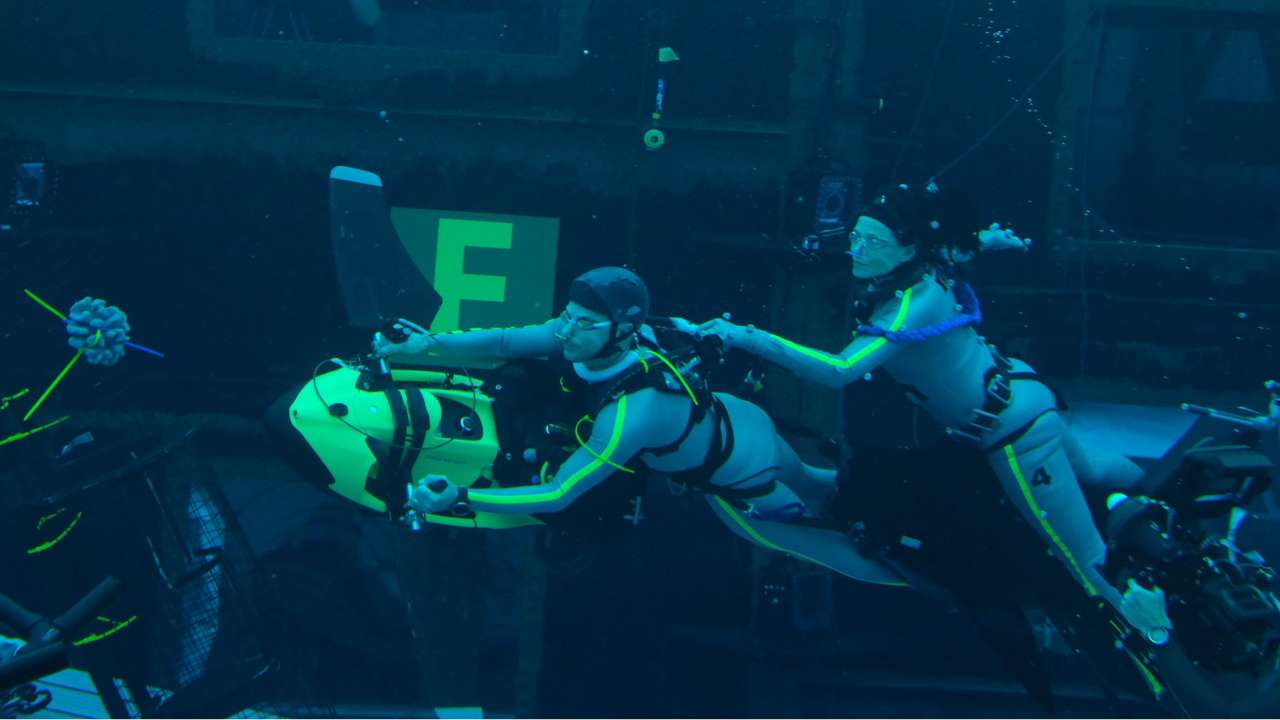 CGI also sometimes involves high-tech technology. For example, for the movie Avatar: The Way of the Water used motion capture suits and head rigs to map the body’s movements underwater and create a skeleton for the characters. The actors in this film were also trained to dive and hold their breath underwater, so that most of the scenes could be filmed underwater in contrast to The Little Mermaid. However, this was more obtainable because the avatars had breathing limitations unlike the mermaids. The characters and creatures in Avatar also had the benefit of being imaginary. Though they might have had designs based off real-life animals, there wasn’t an exact one to compare it too like for The Little Mermaid. There is also one other reason why the Avatar films outperform the current shots for The Little Mermaid – budget. Compared to the $150 million dollar budget and around 3 year time frame for Disney’s The Little Mermaid, Avatar: The Way of the Water had a budget of around $300 – $400 million dollars and 14 year time frame. The increased time and budget for Avatar allowed the producers to develop new technology such as the D Fusion camera and the Simul-Cam virtual camera that aided in making the CGI and shots in the film look more real.
CGI also sometimes involves high-tech technology. For example, for the movie Avatar: The Way of the Water used motion capture suits and head rigs to map the body’s movements underwater and create a skeleton for the characters. The actors in this film were also trained to dive and hold their breath underwater, so that most of the scenes could be filmed underwater in contrast to The Little Mermaid. However, this was more obtainable because the avatars had breathing limitations unlike the mermaids. The characters and creatures in Avatar also had the benefit of being imaginary. Though they might have had designs based off real-life animals, there wasn’t an exact one to compare it too like for The Little Mermaid. There is also one other reason why the Avatar films outperform the current shots for The Little Mermaid – budget. Compared to the $150 million dollar budget and around 3 year time frame for Disney’s The Little Mermaid, Avatar: The Way of the Water had a budget of around $300 – $400 million dollars and 14 year time frame. The increased time and budget for Avatar allowed the producers to develop new technology such as the D Fusion camera and the Simul-Cam virtual camera that aided in making the CGI and shots in the film look more real.

Using Hollywood CGI for industrial marketing videos
Here at ruef, we use 3D animation and 3D renders to create photo-realistic, highly technical illustrations and videos. The very same tools that are used in blockbuster movies to make Spider-Man swing and Harry Potter fly can be used for our manufacturing and industrial clients (in fact, ruef‘s founder/owner, Zack Ruef, used to work on those very films). And you don’t need a Hollywood budget; most of our clients are mid-size manufacturers, distributors, and engineers.
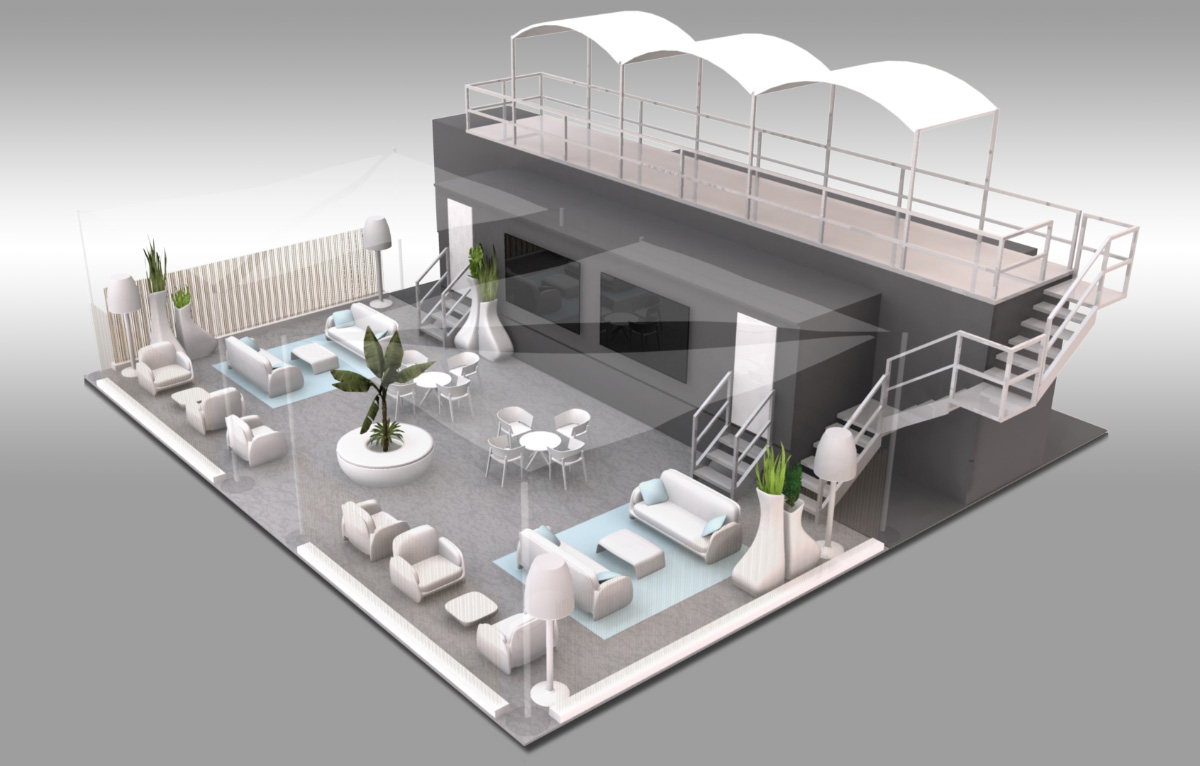 Whether we’re starting with your highly precise CAD files or working from a simple set of reference photos, we can turn your product or process into beautiful, photo-realistic 3D models of highly detailed, engineered products, landscapes and concepts with clarity and precision. From there we can create infographics, interactive programs, videos, and technical animations that you can put to work marketing your business, increasing your sales, training your employees, and educating your client base.
Whether we’re starting with your highly precise CAD files or working from a simple set of reference photos, we can turn your product or process into beautiful, photo-realistic 3D models of highly detailed, engineered products, landscapes and concepts with clarity and precision. From there we can create infographics, interactive programs, videos, and technical animations that you can put to work marketing your business, increasing your sales, training your employees, and educating your client base.
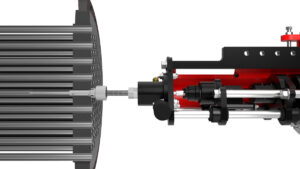 You don’t need to be a Fortune 500 company to take advantage of this technology. We work with businesses of all sizes to help them compete in a wide variety of industries and marketplaces. ruef Design helps companies around the world from our home base in Dayton, Ohio – long a hub of innovation and champion of the world’s doers and makers.
You don’t need to be a Fortune 500 company to take advantage of this technology. We work with businesses of all sizes to help them compete in a wide variety of industries and marketplaces. ruef Design helps companies around the world from our home base in Dayton, Ohio – long a hub of innovation and champion of the world’s doers and makers.
Learn more about the marketing benefits of 3D and technical animation for manufacturers and industrial processors here and shoot us a note if you think your product or process would shine in 3D.

